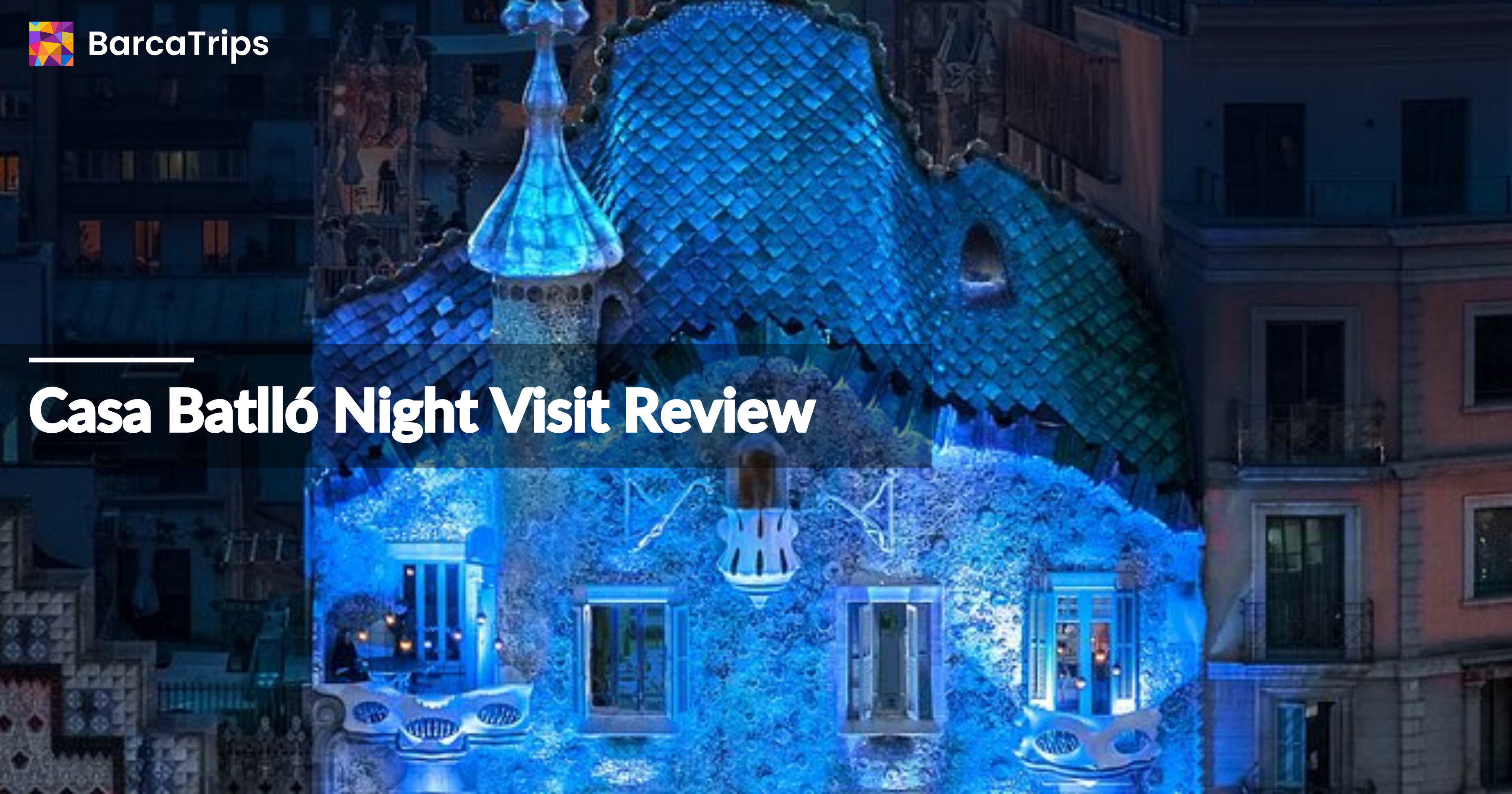17 Historical Facts About Barcelona You Didn’t Know


Barcelona has so much more to offer than just its famous landmarks. This city attracts thousands of tourists year-round, yet many visitors are unaware of some of its fascinating and fun facts. Knowing these lesser-known details can make your trip even more special. The more you learn about Barcelona, the more fascinating it becomes, so read on!
1. There's a Myth That Hercules Founded It
According to ancient legend, the founding of Barcelona is attributed to the mythical hero Hercules. The story goes that Hercules was sailing with Jason and the Argonauts when he discovered a beautiful stretch of land.
He was entranced by its beauty and chose to establish a settlement there, which became the city we now know as Barcelona. While historians agree this is just a myth, it adds a touch of magic to the city’s rich history.
2. Barcelona Has Roman Roots

Barcelona’s history dates back to ancient Roman times when it was known as Barcino. Founded around 15 BC, it was a Roman military camp and a strategic settlement along the Mediterranean.
Barcino’s remnants can still be seen today in the Gothic Quarter, where sections of the old city walls and Roman ruins are preserved. This ancient Roman heritage laid the foundation for Barcelona’s development into the vibrant city it is today.
3. It Was Once Ruled by Muslims
In the early 8th century, Barcelona was conquered by Muslim forces during their expansion into the Iberian Peninsula. It remained under Muslim rule for nearly a century, from 711 to 801.
This period had a significant influence on the region’s culture and architecture. In 801, the Franks, led by Charlemagne’s son, recaptured the city, incorporating it into the Carolingian Empire and marking the end of Muslim rule in Barcelona.
4. Columbus Returned Here First
After his first voyage to the Americas in 1492, Christopher Columbus made his first stop in Barcelona to report his discoveries to King Ferdinand and Queen Isabella.
The royal court welcomed him with a grand reception, and this event marked a significant moment in both Spanish and world history. Plaça del Rei in Barcelona is said to be where this historic meeting took place, highlighting the city’s role in the Age of Exploration.
5. La Sagrada Familia is Still Unfinished
La Sagrada Familia, Antoni Gaudí's most famous work, has been under construction since 1882. Though it's a UNESCO World Heritage Site, the basilica remains unfinished to this day.
Gaudí famously said, "My client is not in a hurry," referring to God. The completion date is now projected for 2026. It’s the centenary of Gaudí’s death, but delays have extended this timeline multiple times.
6. The City Was Rebuilt for the Olympics
The 1992 Summer Olympics sparked a major transformation in Barcelona. The city underwent massive urban renewal, improving infrastructure, transportation, and public spaces.
The Olympics also revitalized the coastline, creating new beaches and boosting Barcelona’s global tourism appeal. This event helped shape the modern city we know today.
7. Picasso Lived in Barcelona
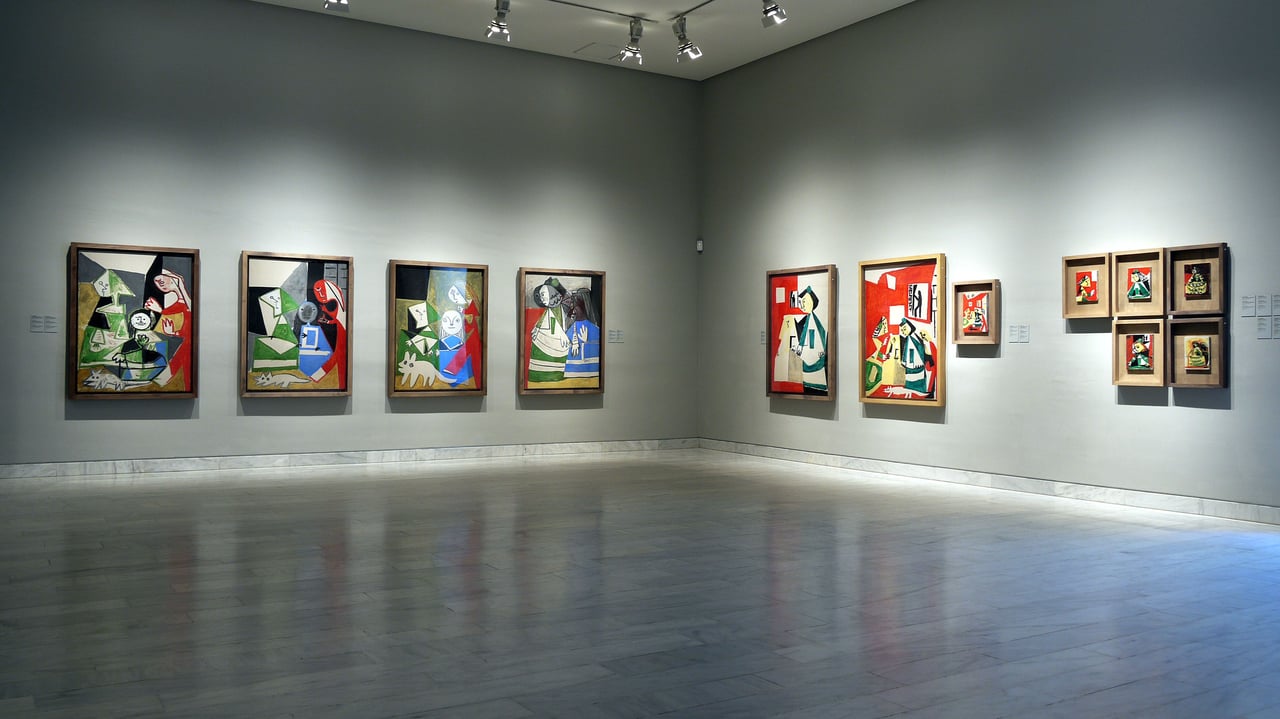
Pablo Picasso spent his formative years in Barcelona, moving there with his family in 1895. It was in Barcelona where Picasso first developed his artistic style and became part of the city’s vibrant art community.
His early works reflect the city’s influence, and today, the Picasso Museum in Barcelona displays one of the most extensive collections of his early pieces.
8. There Are Unused Metro Stations
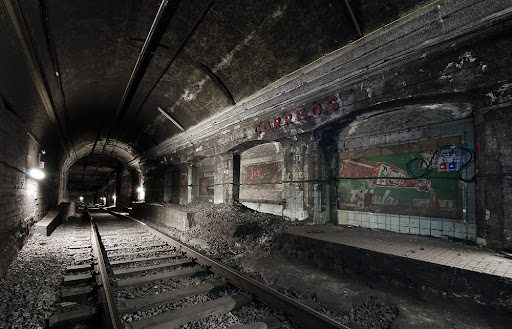
Barcelona’s metro system has a few abandoned or "ghost" stations. These unused stations, such as Gaudí and Banco, were part of expansion plans that were either canceled or re-routed.
While not accessible to the public, they spark curiosity and mystery, adding to the city’s layered history.
9. It’s a Hub of Modernist Architecture
Barcelona is renowned for its Modernist architecture, with Antoni Gaudí leading the way. Iconic landmarks like Casa Batlló, Park Güell, and La Sagrada Familia showcase the city’s bold and imaginative architectural style. This movement helped make Barcelona a symbol of artistic innovation.
10. Barcelona Survived the Siege of 1714
The Siege of Barcelona in 1714 marked the end of the War of Spanish Succession. After resisting for over a year, the city fell to Bourbon forces on September 11, 1714.
This defeat significantly impacted Catalonia’s autonomy and rights. Today, September 11 is commemorated as La Diada, the Catalan National Day, honoring the city’s resilience.
11. The Gothic Quarter Is Full of History
Barcelona’s Gothic Quarter (Barri Gòtic) is one of the city’s oldest and most historic areas. Its narrow, winding streets are lined with Roman ruins, medieval buildings, and hidden courtyards.
Visitors can explore the remains of Barcino, the ancient Roman settlement, and iconic landmarks like the Barcelona Cathedral, making it a must-see for history lovers.
12. The Eiffel Tower Could Have Been Here
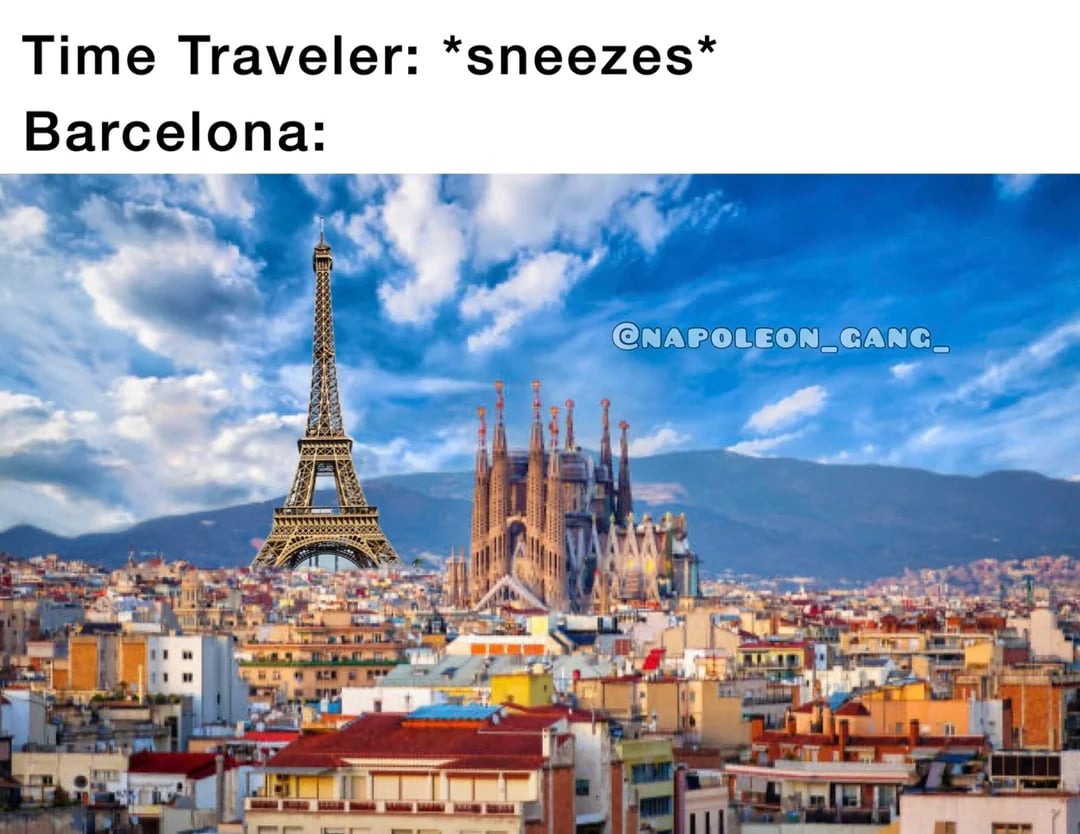
Source: Reddit
Before it was built in Paris, Gustave Eiffel’s design for the Eiffel Tower was proposed to Barcelona for the 1888 Universal Exposition. However, the city rejected the project, considering it too expensive and unattractive. Eventually, the tower was constructed in Paris, becoming one of the world’s most famous landmarks.
13. A Cultural Melting Pot
As a historic Mediterranean trading port, Barcelona has been influenced by a variety of cultures over the centuries.
From Roman and Muslim rule to waves of immigration, the city’s architecture, cuisine, and festivals reflect its rich multicultural heritage. It is a vibrant and diverse cultural hub today.
14. It Had a Significant Jewish Quarter
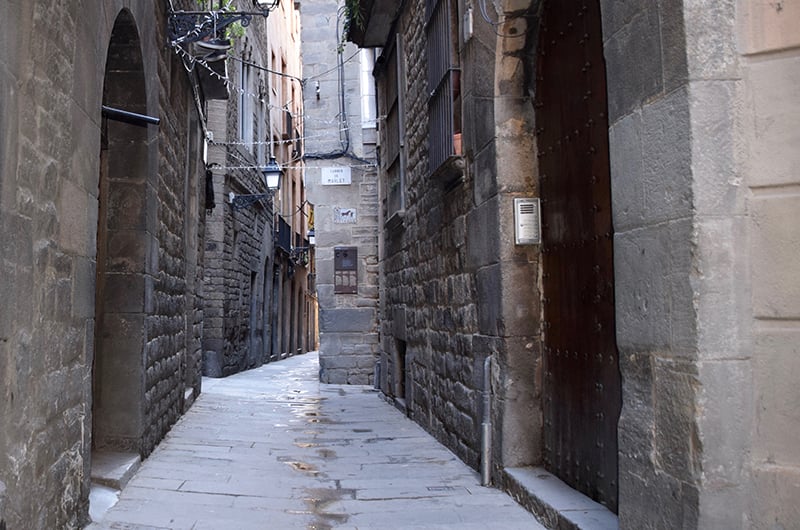
Barcelona’s medieval Jewish quarter, known as El Call, was one of the most important in Spain during the Middle Ages.
It was a thriving community until the violent pogroms of 1391, which led to its decline. Today, visitors can explore the narrow streets of El Call and discover remnants of the city’s Jewish heritage.
15. It Pioneered Maritime Law
Barcelona was a pioneer in maritime law, thanks to the Consolat de Mar, a set of regulations established in the 13th century to govern trade and navigation in the Mediterranean. This legal code became a model for international maritime law and is still influential today.
16. The Olympics Boosted Its Profile
The 1992 Summer Olympics completely transformed Barcelona. The event not only improved infrastructure but also put the city on the world stage. It boosted tourism and international recognition. The legacy of the Olympics can still be seen in Barcelona’s modern landscape.
17. The City Loves Dragons
Dragons are a recurring symbol in Barcelona, featured prominently in its architecture and legends. One of the most famous is the dragon in Park Güell, designed by Antoni Gaudí. The dragon is a symbol of protection and strength, deeply rooted in the city’s folklore and culture.
Conclusion
Barcelona is a city where history and culture come alive. With over 9 million tourists visiting annually, it’s clear that people are drawn to its mix of ancient and modern wonders. There's always something captivating about Barcelona. A fun fact: Barcelona has more than 20 Michelin-starred restaurants, making it a foodie paradise too!
If you need any more historical facts about Barcelona or tips on traveling here in general, read on our other guides!


